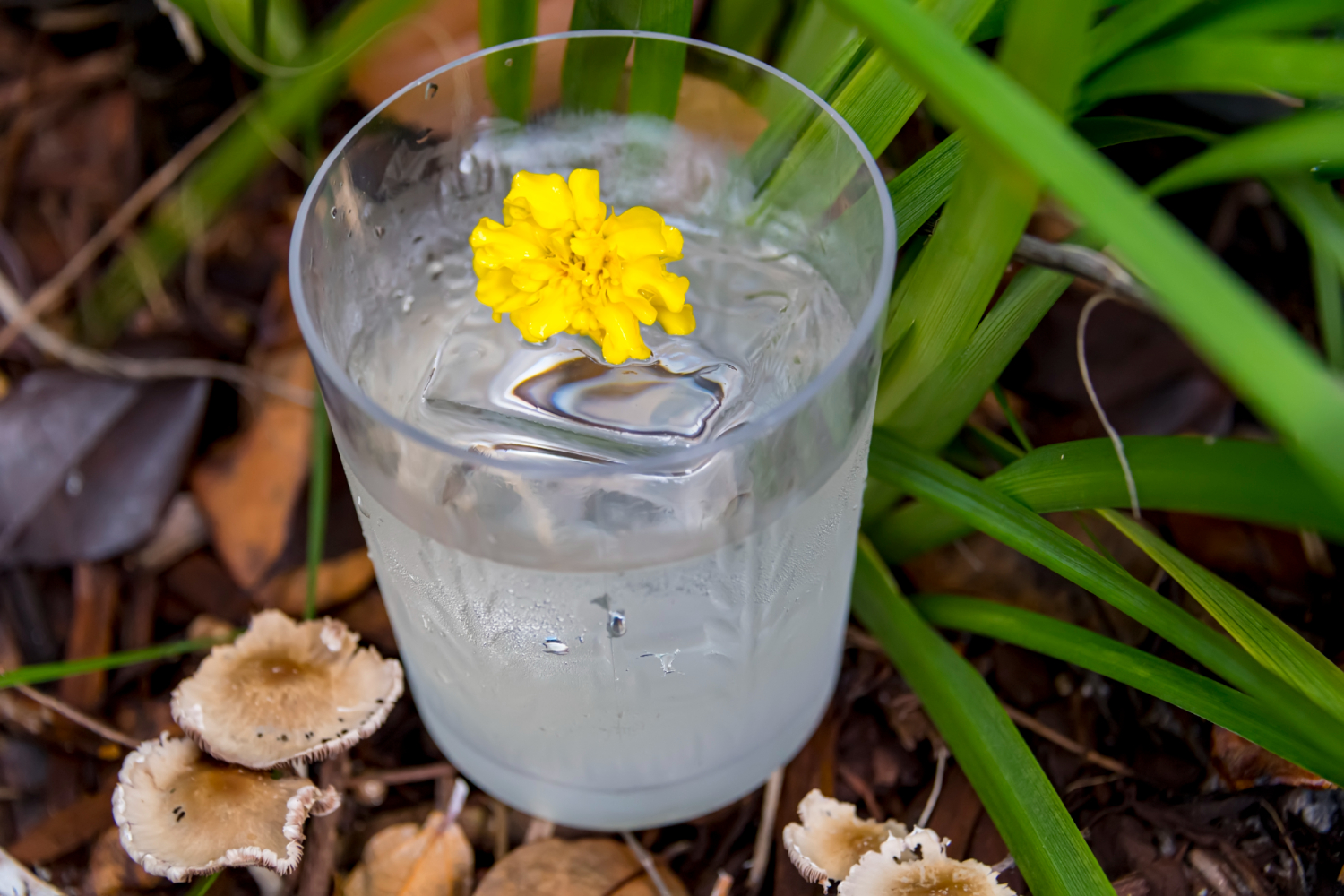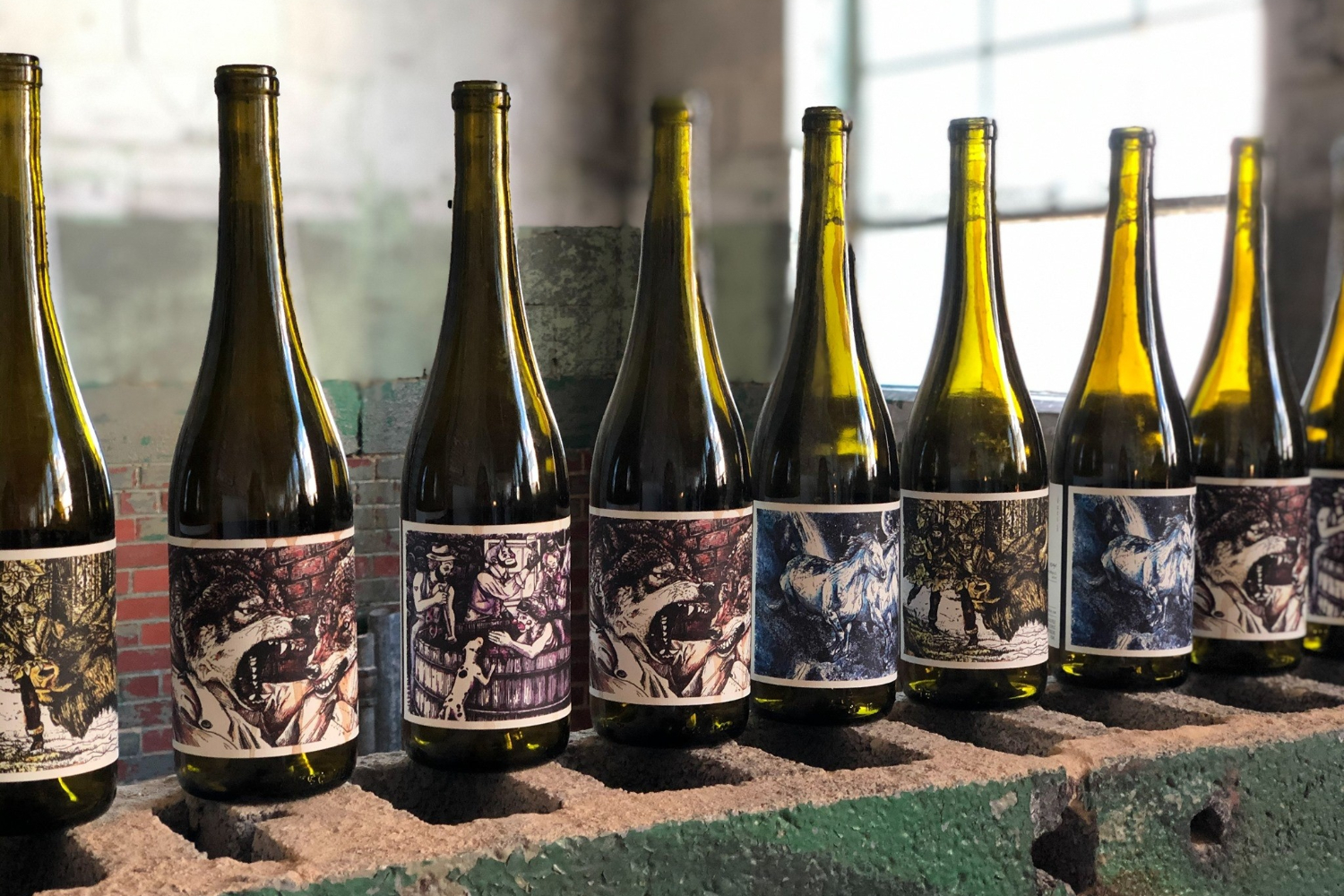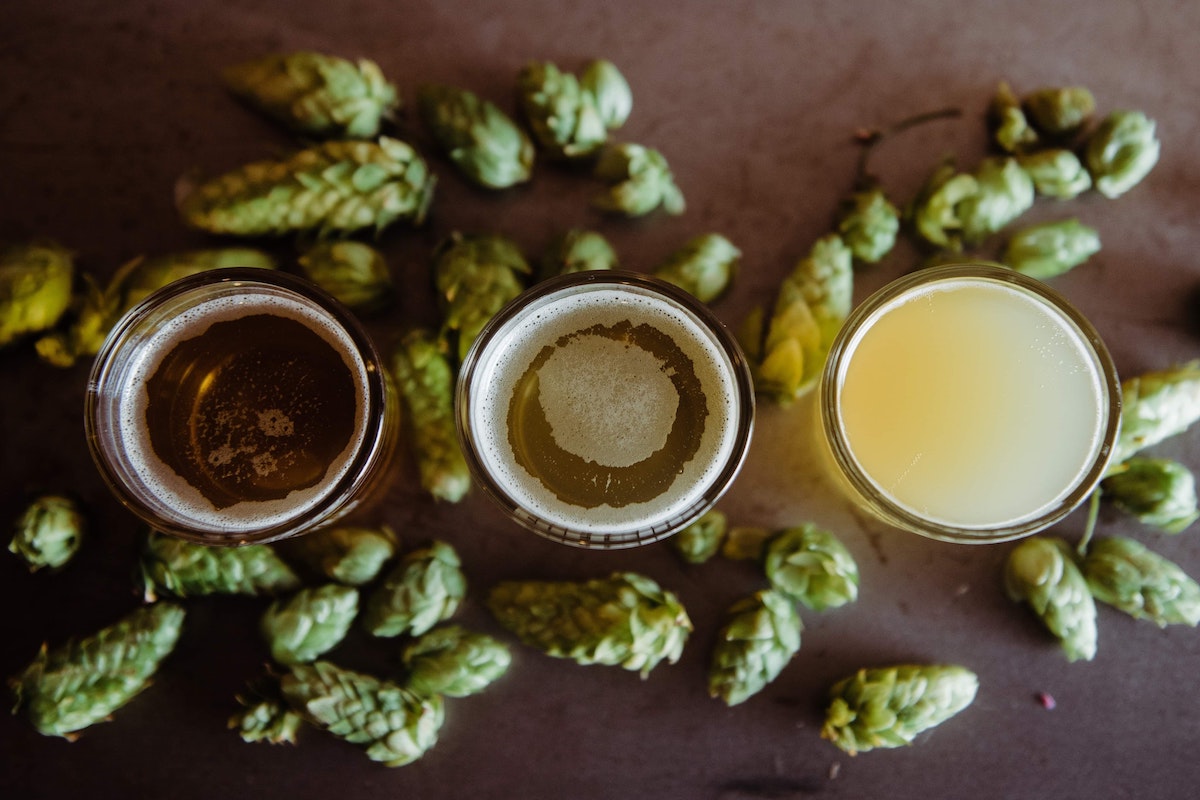It’s been a big year. The pandemic slowed, the World Cup took over Qatar, and we took some pretty cool pictures of the heavens. There were some significant drink trends as well. Things like brandy, RTD cocktails, agave spirits, and lower-alcohol options shined brightly.
So what will 2023 pour into our cups? We peered into the crystal ball to offer some well-educated guesses. We also reached out to a few industry pros to see what they forecast as the major drink trends of 2023.

Cocktails
We’ll be honest: There are some things that don’t necessarily need to come back next year. We’ve had our fill of charcoal-activated cocktails, espresso martinis, and poorly-made natural wine. Others are more than welcome to return next year, like to-go cocktails, liquors and spirits finished in creative ways, and American sparkling wine.
Experiential drinks
Jason Asher is an experienced L.A. bartender who recently gave us some great advice on mixing with nocino. We asked him about what to look forward to in 2023, drinks-wise. First up, he says, are awe-inspiring experiential cocktails. Food and wine may have made the concept famous, but mixologists are taking note.
“People love to drink with their eyes first,” Asher says. “Food has always had the platform to show elevated plating techniques, and that’s now finally moved into the cocktail world. Drinkers are expecting avant-garde presentations and interactive elements that swoop them into the moment with every sip.”
Nonalcoholic drinks
He also foresees a continued rise in nonalcoholic (NA) offerings. Producers are putting real time and effort into their nonalcoholic options, and it’s paying off. Bartenders are embracing the offerings with open arms, concocting some mean mocktails en route. Then there’s the nostalgia element, something that seems to permeate every facet of our culture, from food and drinks to fashion and music. Asher has incorporated some of that nostalgic flavor into his menus, like a vintage Blue Hawaii cocktail and more playful nostalgic items like spiked ice creams and sorbets.
Going forward, Asher also believes the sector will increasingly focus on sustainability, on-premise batching, and more and more science being applied to the field. Oh, and watch out for rum — we see it riding a wave that’s bubbled up in 2022 and really taking off next year.
Wine

Cabernet Franc
For Bill Cox, the wine director at Charlotte’s Counter, it’s all about a Bordeaux variety. “Cabernet Franc continues to get hotter and hotter, both domestically and abroad,” he says. “Because Cabernet Sauvignon is overplanted, winemakers have been replacing with Cab Franc so that there’s more inventory. Consumers are realizing it’s a delicious wine with a good price point.” Cox also believes Etna wines from Sicily will continue to rise in popularity. We tend to agree and love these volcanic offerings that are full of character.
Counoise
Victor King is the executive chef at Bar La Fete in Alabama. He has a dark horse wine option for 2023. “I foresee a rise in Counoise! Traditionally used in the Southern Rhône, this wine is super adaptable to dryer soil types and doesn’t take long to be an effective yielding grape,” King says. “While it is often thought of as a boring blending grape to increase volume and lower the tenacity of a wine, on its own, it’s light, juicy, and a bit peppery. It is perfectly adaptable to the growing taste for lower priced chilled reds.”
Look out for a bright spotlight to shine on biodynamic producers and for dry-farming to become a seriously viable approach to winegrowing, especially amid historic drought conditions in major wine zones. We’re also putting our money on the continued success of clean and bracing white wines with plenty of acid, such as albariño (its homeland just reported some outstanding export numbers) and sauvignon blanc. Some sommeliers are even predicting big years for wines like fanciacorta, wines from Portugal, Uruguay and Argentina, and even wine cocktails. Rose, maybe not so much, but it’s had a nice, long run.

Beer
Not a category that’s known for standing still, craft beer continues to evolve. Recently, we’ve seen cool new options like Cold IPA and will continue to see experimentation with brand new hops (and hop formats like cryo hops).
Chris Herron is the CEO of Creature Comforts Brewing in Athens, Georgia. He thinks the move towards lighter beer is showing no signs of stopping. “There is a lot of positive movement towards lower ABV styles, in particular lagers,” he says. “Creature Comforts has the number-one craft lager and number-one craft pilsner in Georgia with Classic City Lager and Bibo, respectively. These are beers we have been making for a long time, even when it wasn’t cool to do so. They are such beautiful beers, and it is great to see consumers coming back around to respecting these styles and purchasing them.”
We’re likely to see the slowing of certain styles, like the hazy IPA. Craft enthusiasts really seem to be loving clean and crisp when it comes to beer, and the cloudy options don’t fit the bill. With the element of discovery always in play when it comes to drinks, look out for lesser-known styles to resurface. Think rauchbier, a German-style of smoked beer, or helles lagers, or wheat beers.


